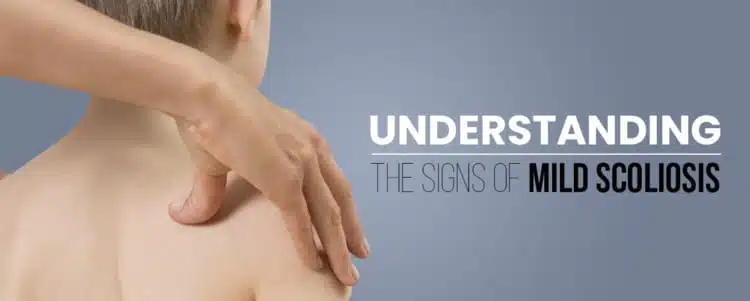

Understanding the Signs of Mild Scoliosis
When it comes to mild scoliosis, the conventional wisdom tells patients and their families to watch and wait.
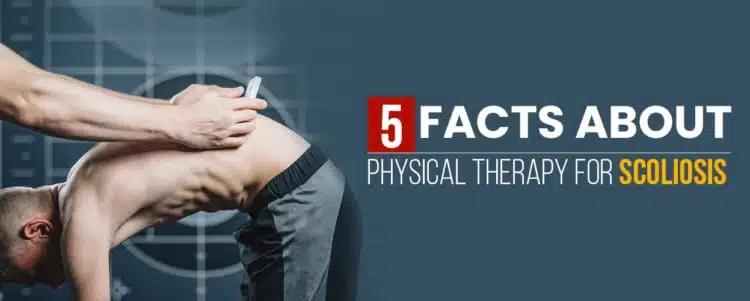

5 Facts about Physical Therapy for Scoliosis
I believe a proactive approach to scoliosis gives patients the best chance at stopping the progression of their spinal curvatures.
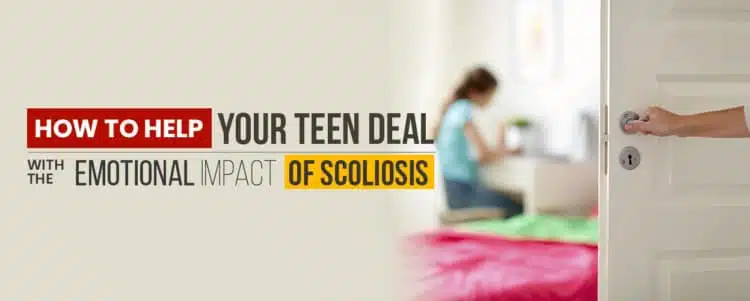

How to Help Your Teen Deal with the Emotional Impact of Scoliosis
Scoliosis is a physical condition of the body, but its emotional impact should not be underestimated.
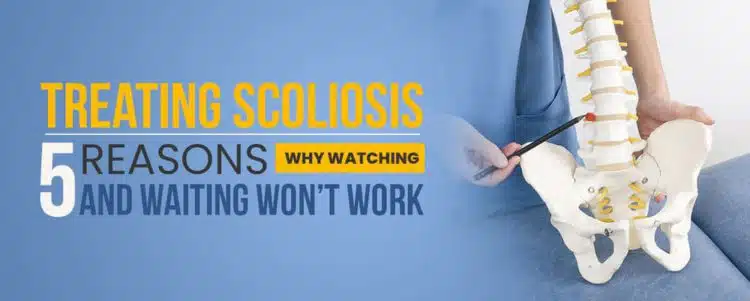

Treating Scoliosis — 5 Reasons Why Watching and Waiting Won’t Work
The traditional approach to treating scoliosis is conservative and seemingly sensible.
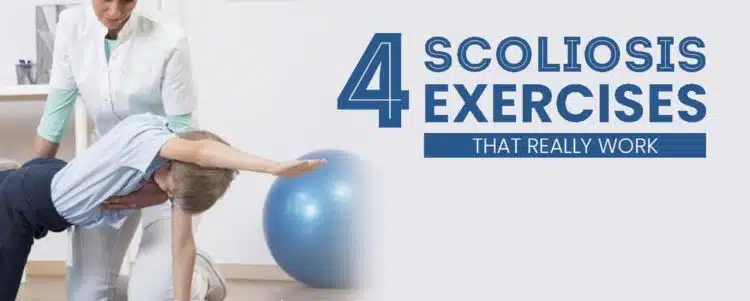

4 Scoliosis Exercises that Really Work
If you ask the average person about scoliosis exercises, they might respond with a confused look.
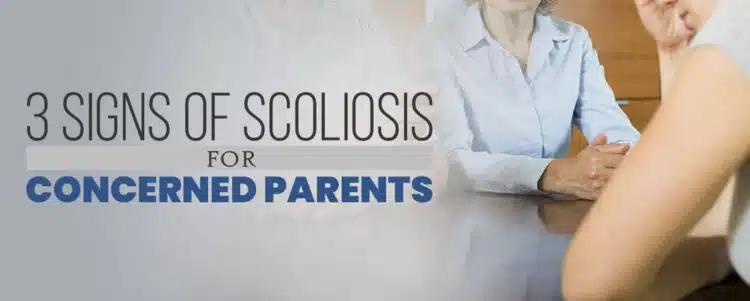

3 Signs of Scoliosis for Concerned Parents
If you are a parent, there is nothing more important to you than the health and well being of your child.
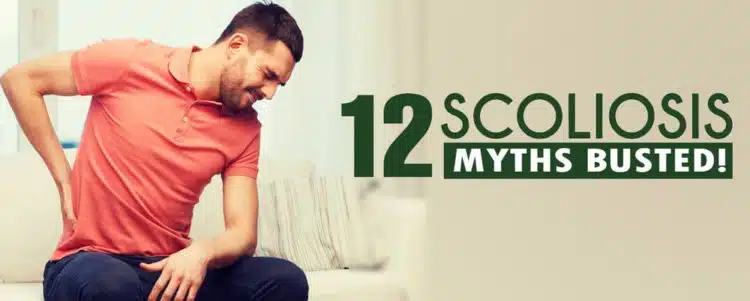

12 Scoliosis Myths Busted!
As an expert on scoliosis and scoliosis treatment, I encounter a number of myths and misconceptions on an almost daily basis.
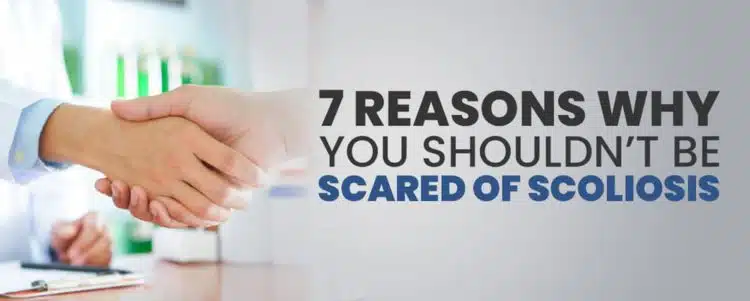

7 Reasons Why You Shouldn’t Be Scared of Scoliosis
Scoliosis fears are quite prevalent among those who have recently received their diagnosis, largely because the condition is so misunderstood.
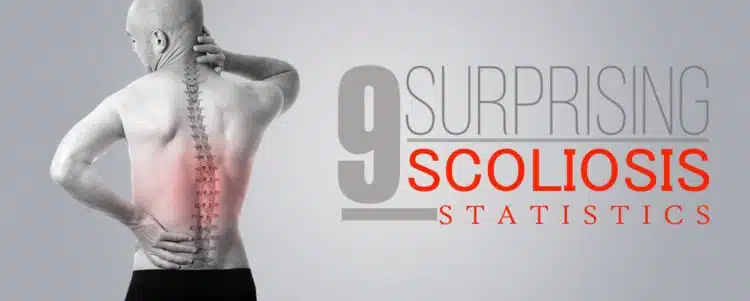

9 Surprising Scoliosis Statistics
Each individual is unique, and there are no two scoliosis cases that are exactly alike.
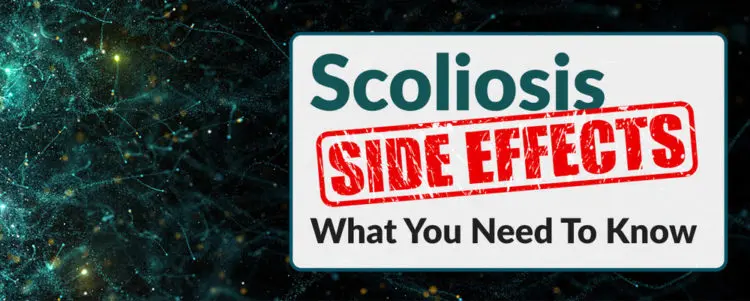

Scoliosis Side Effects: What You Need to Know
It is possible to reduce curvatures and improve function without going under the knife.
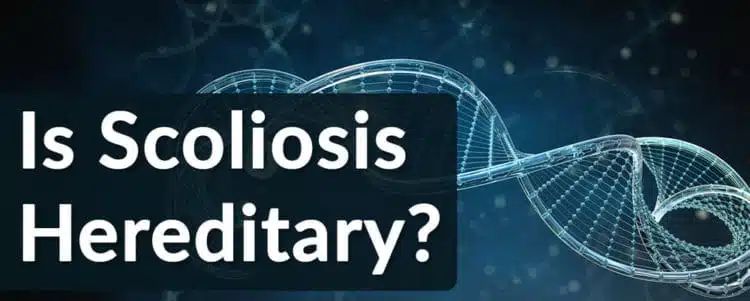

Is Scoliosis Hereditary? Is Scoliosis Genetic? Get Answers
When a patient or parent learns of a scoliosis diagnosis, they wonder, “Is scoliosis hereditary?


Back to School with Scoliosis — What Parents and their Children Need to Know
School is challenging for all adolescents, but those challenges are amplified considerably for those with scoliosis.


Scoliosis and Diet: 4 Foods to Add to Your Grocery List
For those who are faced with a scoliosis diagnosis, diet becomes an important factor for recovery, building strength, living with more energy and improving overall health and wellness.
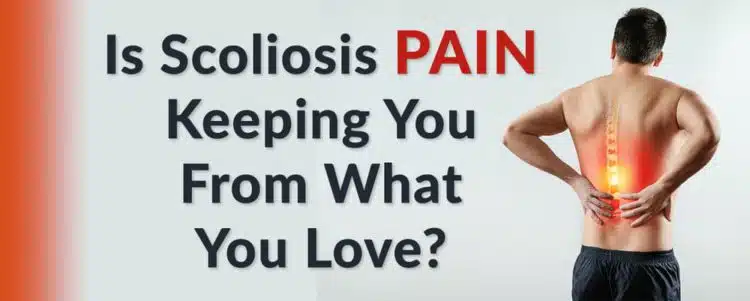

Is Scoliosis Pain Keeping You from What You Love?
For people who have scoliosis, dealing with pain is particularly tricky. There are no quick fixes.
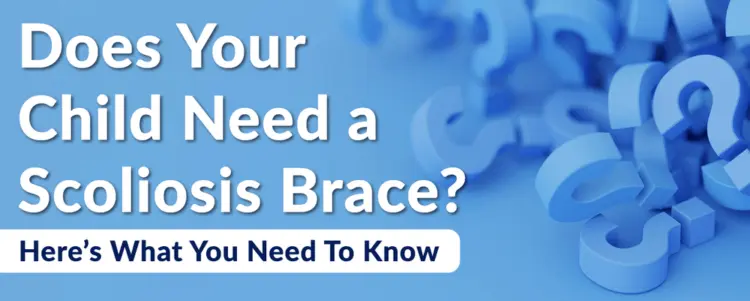

Does Your Child Need a Scoliosis Brace? Here’s What You Need to Know
Braces have been used for decades to treat scoliosis among adolescents, but they are actually quite ineffective when it comes to correcting the curvature of the spine.
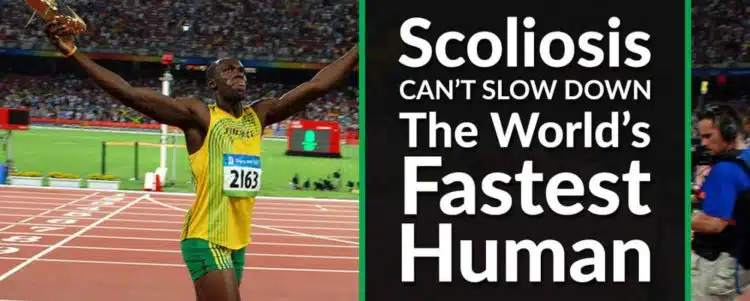

Usain Bolt Scoliosis Can’t Slow Down the World’s Fastest Human
Usain Bolt is the fastest man alive. But what’s most remarkable about Usain Bolt is the fact that he’s accomplished all of this with scoliosis.
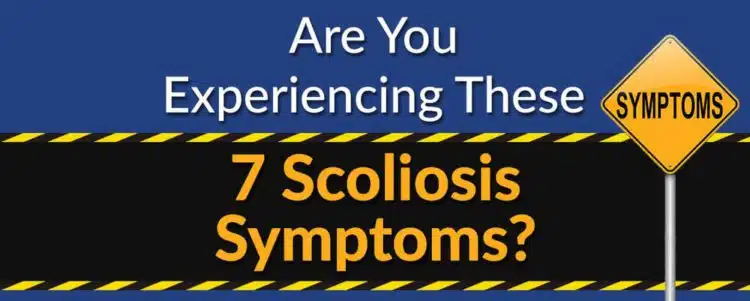

Are You Experiencing These 7 Scoliosis Symptoms?
Scoliosis symptoms can be obvious and not-so obvious, which is why so many people live with the condition but go undiagnosed for such a long time.
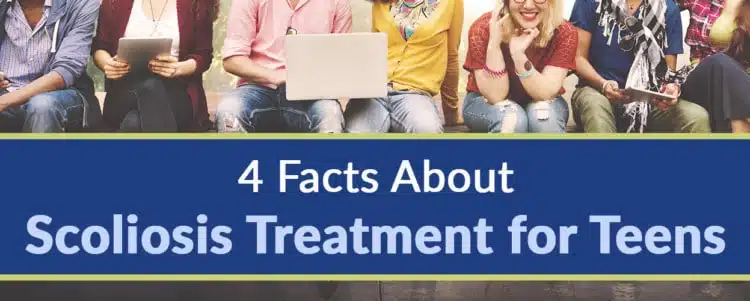

4 Facts About Scoliosis Treatment for Teens
The adolescent years are a magical time for many of us, and if you are like me, the experiences you had as a teen helped to mold you into the person you are today.